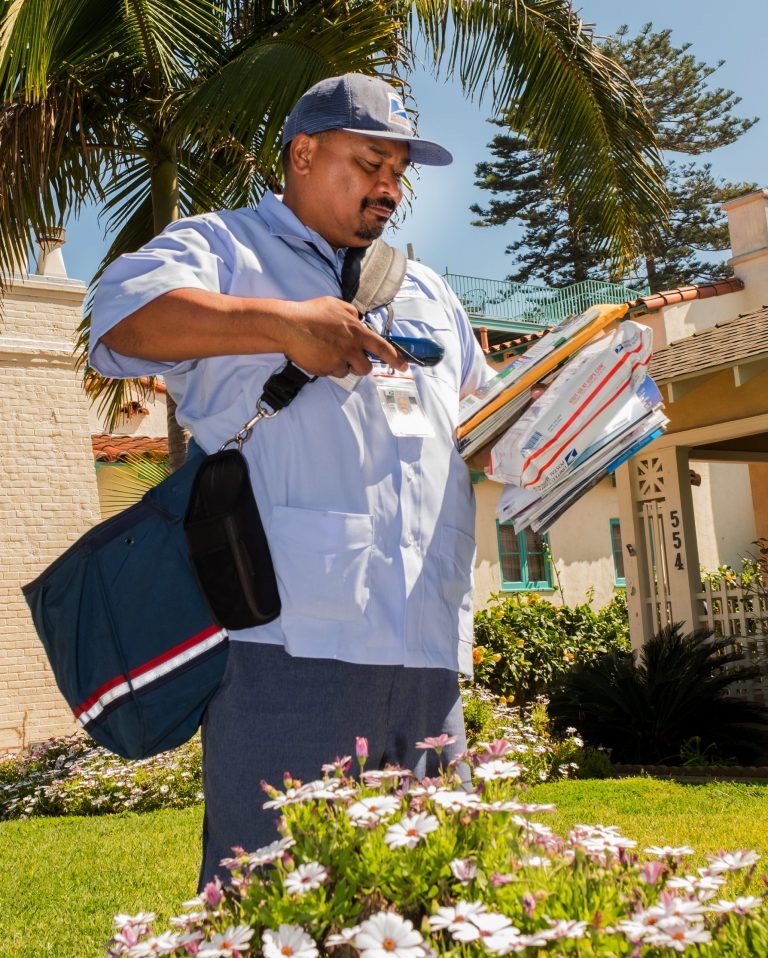
There are certain things in life that we tend to take for granted as they are so commonplace. Probably one of the biggest ones? Getting our mail delivered. And when it comes to mail, the USPS is king. It is the only delivery service that reaches every address in the nation — meaning 160 million residences, businesses and post office (P.O.) boxes.
But the United States Postal Service occupies a unique space in the government agency landscape. It is federally run yet independent, and receives zero tax dollars for operating expenses. Instead the USPS relies on the sale of postage, products and services to fund its operations.
In recent times the USPS has run in a lion’s share of issues and is in crisis. Early on in the pandemic when the first stimulus bill was being created, $13 billion in emergency funding for the postal service was vetoed. If there are no new funds appropriated, the agency is expected to run out of money by September. Since then, President Trump has also called on the post office to increase prices and pressured privatizing if it doesn’t, but many are concerned that if the Postal Service goes under that people living in rural and hard-to-reach areas may not be able to send and receive mail as easily or affordably.
Given that July 1 is National Postal Worker Day and the future of this crucial service is uncertain, we wanted to shine a light on the work the hundreds of thousands of USPS employees — like Annette Desmond, below — do to deliver all of our mail.
@lexnotalexisIM CRYIN @collinskitchens ##neverfitin ##acnh ##onecommunity ##fail ##viral ##funny♬ Party Girl – StaySolidRocky
Even if they’re not a TikTok sensation, please show your appreciation to your mail carrier.
Here are some facts and history about the USPS:
- The first postmaster general in the United States was Benjamin Franklin. Until 1971, the postmaster general was also a cabinet-level position and (last) in the presidential line of succession.
- A tavern in Boston owned by a man named Richard Fairbanks was designated the colonies’ first post office on November 6, 1639.
- Prepaid postage stamps were introduced in the United States in 1847. Prior to this, recipients — not senders — usually had to pay for postage on the letters they received and tended to refuse letters. Stamps fixed this.
- A few weeks after Parcel Post (large parcels and packages) began in 1913, an Ohio couple “mailed” their 8-month-old son to his grandmother, who lived just a few miles away for 15 cents. This practice continued for just over a year.
- During carrier orientation, workers are taught that the satchel is their first line of defense against aggressive dogs.
- Across the United States, postal workers walk an average of 4 to 8 miles carrying a full load of letters and packages. Some walk more than 12 miles a day.
- As of 2019, there are approximately 497,000 postal workers across the United States.
- Since the beginning of the COVID-19 pandemic, the Postal Service’s mail volume has decreased by nearly a third, and the agency is projecting a $13 billion shortfall for the year.
Ways to help via Labor Notes
Sign a petition to Congress at bit.ly/postalpetition.
Email your senators and representative, three times a week. This link makes it easy: bit.ly/postalemail. Fill in your name and zip code, and you can be done in a few clicks. The website supplies a form letter, which you can edit or not.
Mail a paper letter or postcard, often. Write to: The Honorable (Name), U.S. Senate (or U.S. Congress), Washington, D.C. 20510
Call, often. The Congressional switchboard at (202) 224-3121 will connect you to the office of any senator or representative.
More from Better:
 Kasia Pawlowska loves words. A native of Poland, Kasia moved to the States when she was seven. The San Francisco State University creative writing graduate went on to write for publications like the San Francisco Bay Guardian and KQED Arts among others prior to joining the Marin Magazine staff. Topics Kasia has covered include travel, trends, mushroom hunting, an award-winning series on social media addiction, and loads of other random things. When she’s not busy blogging or researching and writing articles, she’s either at home writing postcards and reading or going to shows. Recently, Kasia has been trying to branch out and diversify, ie: use different emojis. Her quest for the perfect chip is a never-ending endeavor.
Kasia Pawlowska loves words. A native of Poland, Kasia moved to the States when she was seven. The San Francisco State University creative writing graduate went on to write for publications like the San Francisco Bay Guardian and KQED Arts among others prior to joining the Marin Magazine staff. Topics Kasia has covered include travel, trends, mushroom hunting, an award-winning series on social media addiction, and loads of other random things. When she’s not busy blogging or researching and writing articles, she’s either at home writing postcards and reading or going to shows. Recently, Kasia has been trying to branch out and diversify, ie: use different emojis. Her quest for the perfect chip is a never-ending endeavor.
